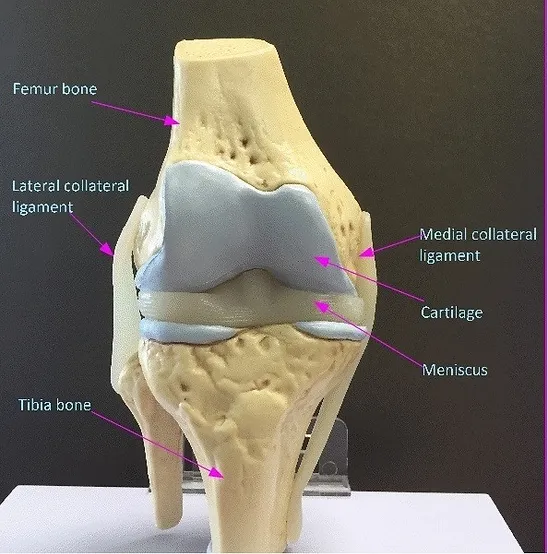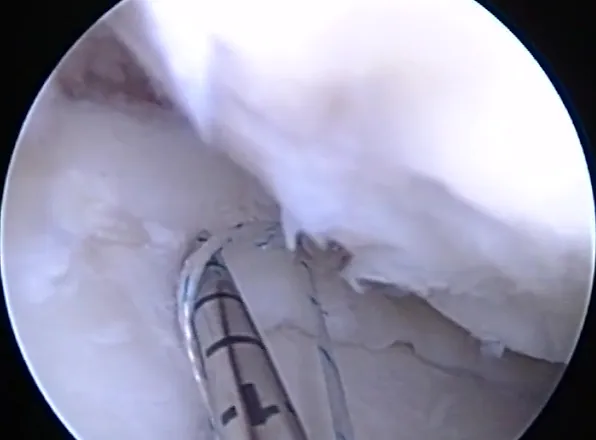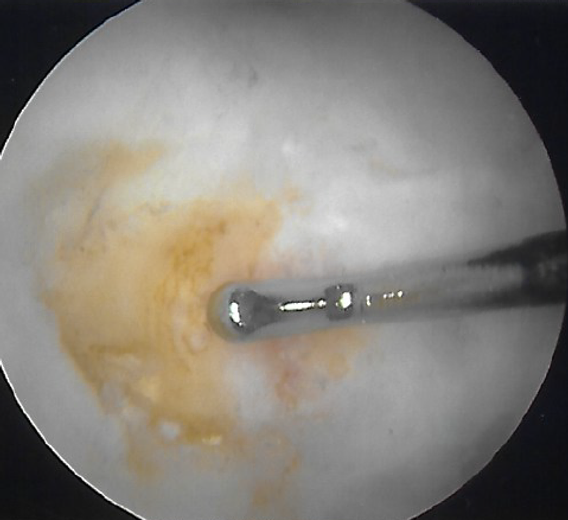Knee Cartilage/Meniscus Repair

Knee Cartilage/Meniscus Repair using Scope Surgery
Cartilage
Cartilage is a soft layer that covers bone and allows a joint to move smoothly. It is commonly known as soft bone. Regular moderate exercise, a good diet, and not smoking are ways to help maintain cartilage, but untreated injuries or wear-and-tear of cartilage can progress to Osteoarthritis, which is Arthritis of the knee causing significant pain and disability.
Meniscus
Meniscus is a cushion-like structure that absorbs and distributes shock within the knee, protecting the knee. Think of it as a car’s suspension. Without it, going over a hump will be very bumpy and may cause damage to the knee.
Cartilage/Meniscus Injury
An MRI is essential to properly assess the extent of damage or injury. Such injuries may occur as a result of an acute injury, eg football, basketball, falling from height, car accident, or may occur in middle-aged people due to excessive walking, eg going on a holiday.
Often, the injuries can happen together, and can happen together with a ligament injury, such as Anterior Cruciate Ligament (ACL) or Medial Collateral Ligament (MCL).
Depending on the pattern of injury, you may require surgery in order to repair the damage, to treat the current level of pain and also to protect your knee for the years to come. In such cases, surgical repair is the most definitive and best way of repairing your knee.
Before surgery
Before surgery, it is important to:
1) apply cold compress to allow any acute swelling to settle
2) work on straightening your knee to ensure it can straighten fully
3) do Straight Leg Raise exercises to keep your quads strong
Key-Hole Surgery
On the day of surgery, you will admit to the designated hospital at least 2 hours before the surgery time. This surgery is done in a Minimally Invasive way (key-hole surgery). Surgery for Cartilage conditions may involve cleaning up damaged cartilage and replacing the lost cartilage with a collagen gel/scaffold that allows the body to form a new layer of cartilage. Meniscus tears will have to be repaired with small stitches.
After surgery, a hinged knee brace will be put on your knee to prevent your knee from moving too much.
On the day after surgery, the physiotherapist will teach you simple exercises to do while at home. Most patients stay 1 night in hospital for pain management.
After surgery
You will be allowed to step gently on the toes using crutches. After discharge, you should be able to cope on your own within the home, moving around using the crutches. If you have stairs at home, you should avoid the stairs for at about 2 to 4 weeks. Most patients use the crutches for about 4 to 5 weeks after surgery.
Recovery after Cartilage/Meniscus surgery
Recovery after cartilage/meniscus surgeries takes time and the patient will have to be patient and perform therapy exercises. In general, you will recover progressively in the first 2 to 3 months. Some of our patients find it possible to return to walking 5km just 6 weeks after surgery.
Driving after surgery
If your operated knee is on the left and you drive an automatic car, you may be able to return to driving 2 to 3 weeks after surgery. If your operated knee is on the right or you drive a manual car, return to driving may be 4 to 6 weeks after surgery.
Time away from work
Time away from work is variable and depends on each patient’s work requirement. In our experience, it may range from 2 weeks to 6 weeks.

Front view of the right knee showing the Meniscus, Cartilage and Ligaments

Meniscus Tear: view inside the knee, showing repair of the meniscus using stitches and a spear-like device

Cartilage damage: view inside the knee, showing an area of cartilage damage with bare bone (yellow area)

Cartilage damage: same view inside the knee, showing the area filled up with injectable gel


